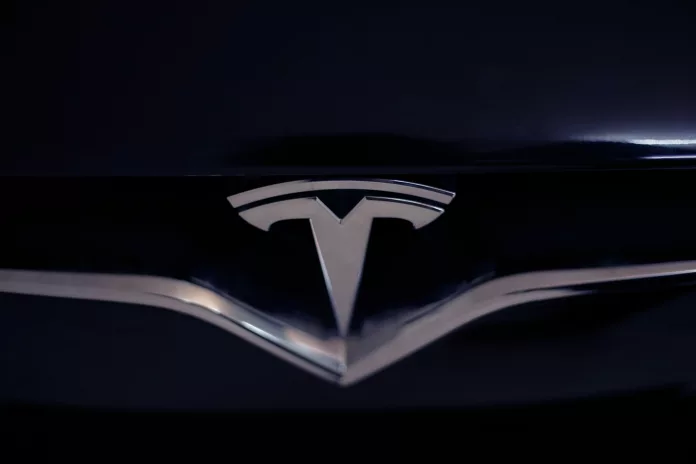Tesla is propelling forward with its plans to develop a compact electric vehicle, reportedly referred to as the “Model 2”. Despite speculation suggesting a pivot towards entirely robotaxi-focused production, it’s become apparent that Tesla is keen on expanding its vehicle lineup with a more affordable option. This move aims to spark new interest among consumers and appease investors by offering a model that could be priced around $10,000 less than the current Model 3 and Model Y.
Understanding Tesla’s Strategy for Cost Reduction
Tesla is eyeing significant cost savings in future vehicles, possibly leveraging techniques from their unconventional ‘Unboxed’ manufacturing approach. While the development of an entirely new production facility would demand considerable investment, Tesla indicates that it could attain these savings through existing infrastructure. As automated driving progresses, the new model might be Tesla’s last design featuring a traditional steering wheel, unless they encounter unforeseen technical or regulatory hurdles.
The Balancing Act: Differentiating the New Compact Tesla
Creating a distinct and cost-effective vehicle involves a delicate balance. One must be mindful not to compromise appeal while achieving affordability. Several strategies could play a role in this context:
- Space Efficiency: Reducing dimensions saves materials and helps slash the required battery size, effectively lowering costs. It’s possible to maintain interior space by optimizing the car’s height versus its length, adopting a more vertical seating position.
- Wheel Size Reduction: Smaller, less expensive wheels could substantially cut costs, although they may offer a less sleek aesthetic.
- Affordable Powertrains: Incorporating a more cost-friendly motor, as unveiled during an Investor Day event, would contribute favorably to the bottom line.
- Cost-Effective Battery Options: Utilizing less costly battery technologies like LFP or potentially sodium-based systems ensures savings without sacrificing performance.
- Targeted Range Design: Catering to the majority who do not require extensive range on a daily basis, a model with 200 miles of capability could be a strategic choice.
- Innovative Vehicle Architecture: Drawing inspiration from the Cybertruck, a 48V system could significantly cut wiring expenses.
- Wire-Based Controls: Employing drive, accelerate, and brake by wire systems may simplify the manufacturing process for different global markets.
- Simplified Door Design: Framed doors, commonplace in less expensive cars, could decrease costs while potentially enhancing safety.
- Scaling Manufacturing: Optimizing the use of existing plants would provide economies of scale and improve capital efficiencies.
The Potential Market Impact of Tesla’s New Compact Car
With an aggressive target to reduce costs by $10,000 from the Model 3 and Model Y’s base price, Tesla envisions a starting price around $22,000 for the new model. This might allow for a sale price of $25,000 and a modest profit margin. It’s emblematic of Tesla’s broader strategy to attract profits more from software than hardware, mirroring practices of other manufacturers who price entry-level models competitively to draw in brand loyalty.
The upcoming compact Tesla raises pertinent questions on the impact it’ll have on demand for the brand’s existing models and whether it can mirror the success of its predecessors. It’s a delicate chess match – finding the right features to curb costs without diminishing what makes a Tesla, a Tesla.


























